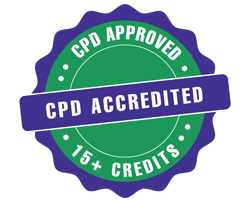Title : The impact of violence on the developing brain: A primer for maladaptive solution-finding
Abstract:
Overview: Violence is not merely an external event—it reshapes the developing brain, embedding itself in neurobiology, behavior, and intergenerational cycles of personal and social harm. Yet societal discourse often fractures around polarized debates (gun control, mental health, media influence) while overlooking the most pervasive site of violence: the home. This presentation reframes the conversation by examining how violence—physical, emotional, and communal—alters neural architecture, primes maladaptive stress responses, and fuels cognitive dissonance that perpetuates cycles of trauma.
Drawing from neuroscience (Bruce Perry’s Neurosequential Model), the landmark ACE Study, and clinical case examples, we will explore:
- The neurodevelopmental impact of violence and chronic threat, including hypervigilance, dissociation, and disrupted attachment.
- Cognitive dissonance in societal norms, such as the legal sanctioning of certain types of punishment despite its parallels to criminalized violence.
- The paradox of "maladaptive solutions,” where behaviors like addiction, aggression, or self-harm emerge originally as survival strategies in reorganized brains.
Attendees will gain:
- A trauma-informed lens to identify hidden violence and its somatic-psychological imprint.
- Clinical tools to address the root causes of maladaptive coping, not just symptoms.
- An invitation to disrupt cycles by challenging societal contradictions and advocating for developmental reparative experiences. This session is not theoretical—it’s a visceral invitation to "behold the elephant" of violence in its entirety, bridging personal narratives, scientific rigor, and actionable change. For professionals in addiction, psychiatry, and behavioral health, understanding these mechanisms is critical to treating the whole person—not just the pathology they carry.
Key Takeaways:
- Violence is a public health crisis with a neurobiological footprint.
- Healing requires confronting societal and clinical cognitive dissonance.
- The most violent space in America is also the most overlooked: the family home.
- Join us to rethink violence, not as a moral failing, but as a distorted cry for help—one that demands integrated solutions.



